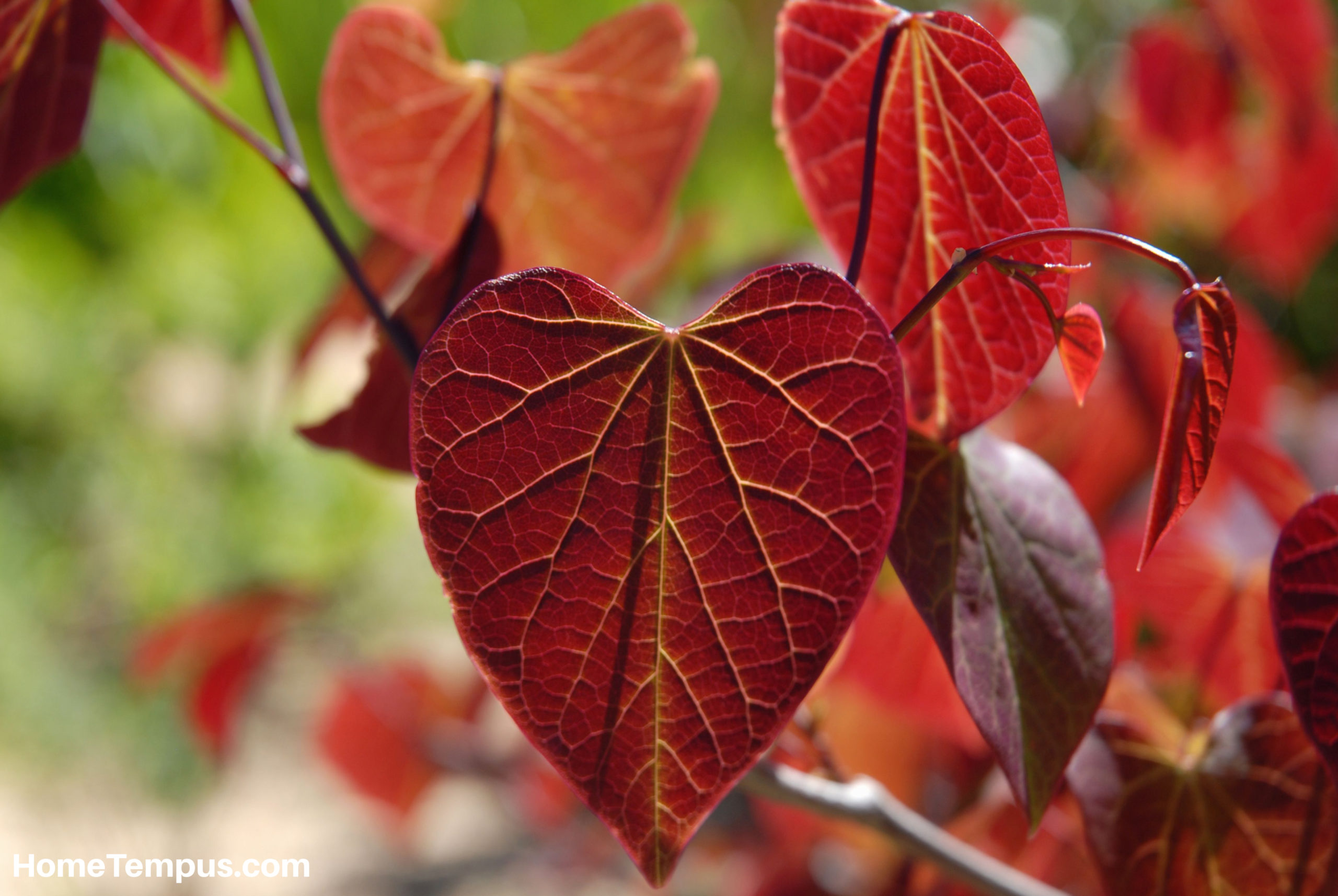We offer below a full list of flowers that start with V, along with preferred growing conditions. We’ve included some useful tips on how to manage these types of flowers.
So, let’s get with it and plant our flowers that start with V.
Valeriana
Scientific name: Valeriana Officinalis
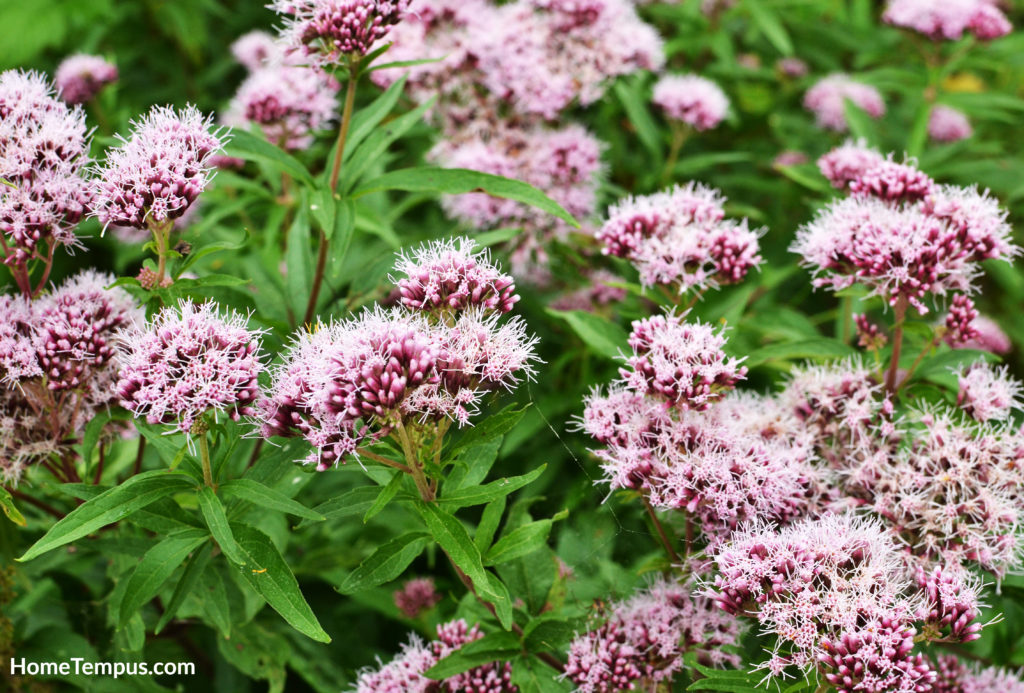
A hardy, herbaceous perennial, this pretty plant is widely used in herbal medicines. It blooms in summer.
At this time many small white blossoms top the lengthy stems. Cut the flowers back when they start to fade or they will self-seed and may take over.
Valerian likes soil that retains water so plant it along a stream or next to a pond. Choose a sunny space or one with partial shade.
These flowers reach a height of three to five feet so plant them at the back of the bed.
Variable-leaved Sea Holly
Scientific name: Eryngium variifolium
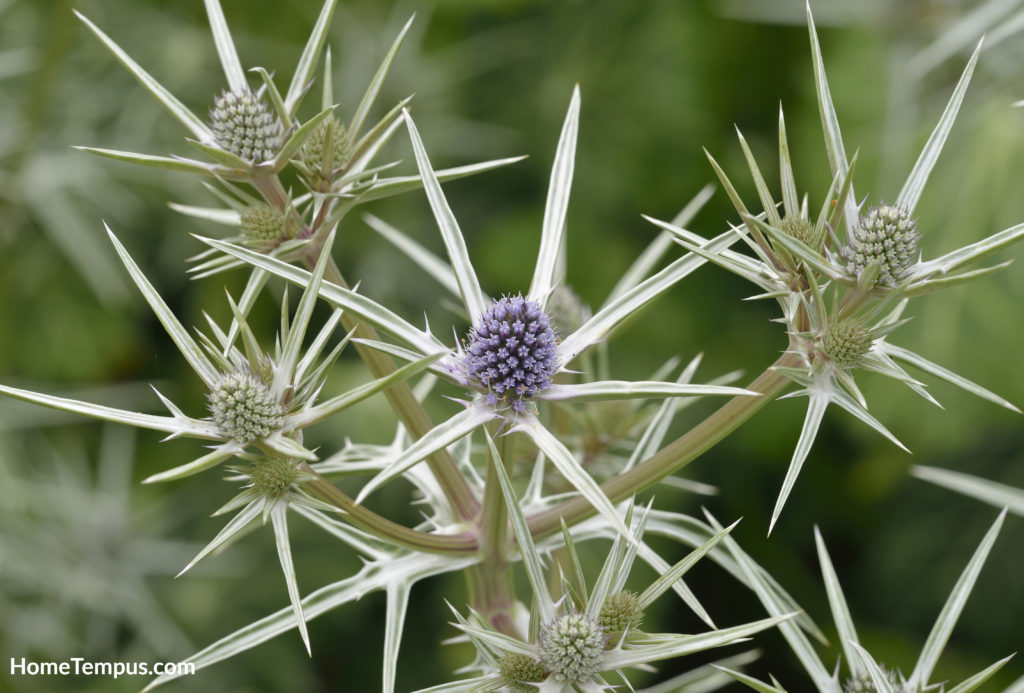
Variable-leaved Sea Holly has lovely marbled leaves and grey-blue flowers. The dark green leaves are veined in white.
The flowers grow in clusters. Each blue flower has a collar of spiky bracts.
This is an evergreen plant, that enjoys warm winters. Plant these in rockeries, containers, and borders. It is drought tolerant and stands 12 to 18 inches tall.
It likes full sunlight and will accept poor soil as long as it is well-drained. Many gardeners leave the seeds after the flowers have fallen as the seeds make a good follow-on show.
Recommended Reading
Flowers That Start with J | 20 Amazing Flowers
Venus Looking Glass
Scientific name: Campanulaceae
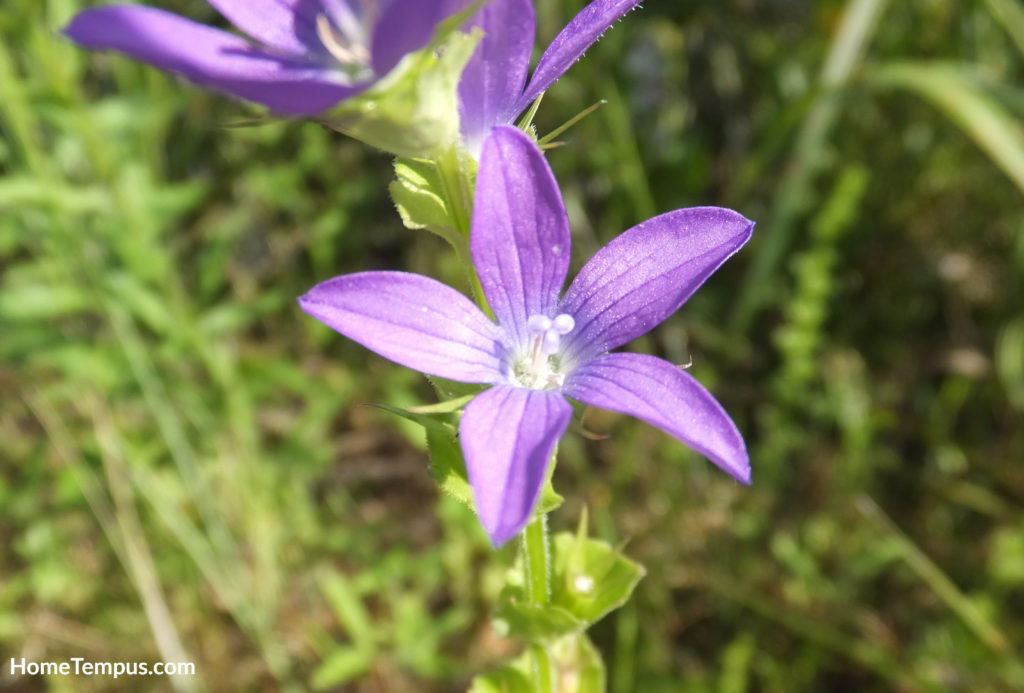
The 6-to-18-inch Venus Looking Glass grows straight up – no branches. This annual herbaceous plant has bluish-purple flowers that appear in early summer.
They last about a month before dying off. This plant prefers full sunlight and dry soil. It can tolerate poor soil quality but does well in dry, gravelly soil.
The Venus Looking Glass self-seeds. So, if you want to prevent them from spreading, deadhead them before they seed. The flowers don’t all open and even the closed flowers will seed.
Vervain
Scientific name: Verbena officinalis
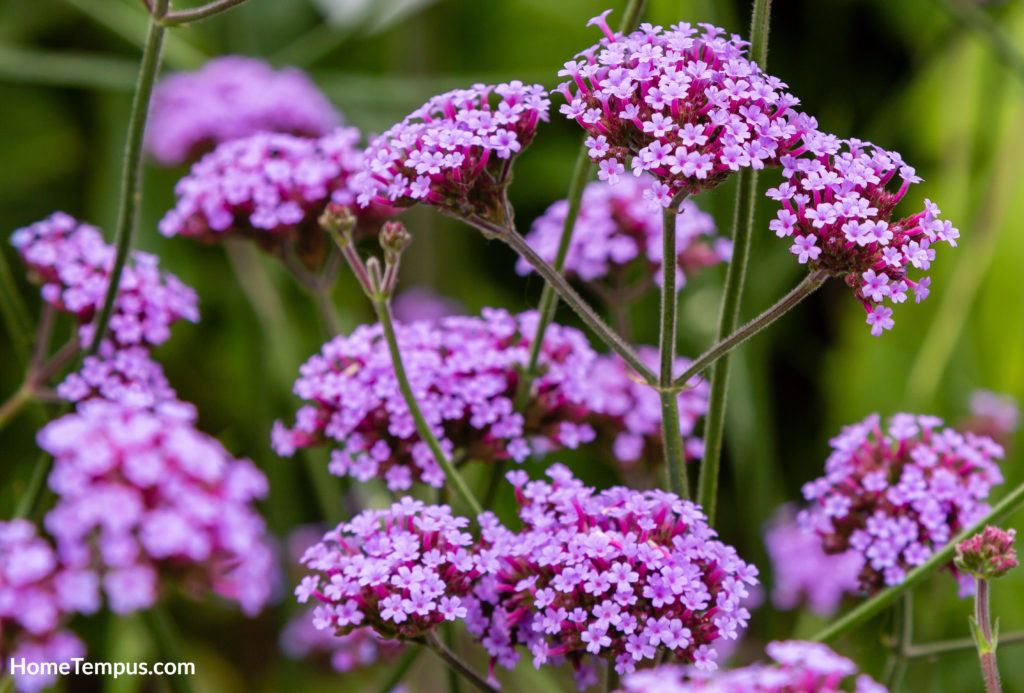
The elegant flowers borne by Verbena have ensured that this plant is present in many gardens. It bears small purply flowers on tall, elegant stems.
The fragrant blooms attract butterflies and bees. Vervain likes lime-rich soil that is moist and well-drained. Plant it in full sunlight.
Don’t cut these plants back until new shoots start. The seeds and stems look almost as good as the flowers. This hardy plant will bloom from June to September.
Verbascum
Scientific name: Scrophulariaceae
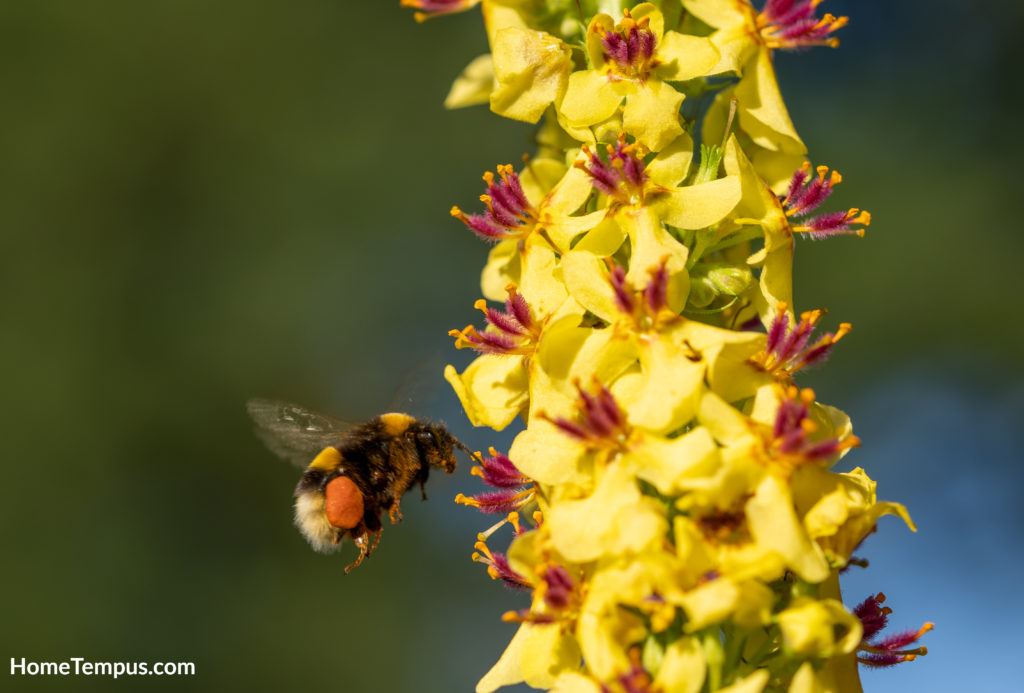
The summer flowering Verbascum puts on a lovely show each year. These biennials have tall flowering spires that flower between May and September.
You can choose from a range of colors including white to yellow, orange, purple, and blue. Verbascum enjoys full sunlight and well-drained soil.
The plants will manage in partial shade but the soil must be dry. These plants will self-seed unless you cut them back once they have flowered.
Recommended Reading
Flowers That Start with W | 22 Wonderful Flowers
Veronica
Scientific name: Plantaginaceae
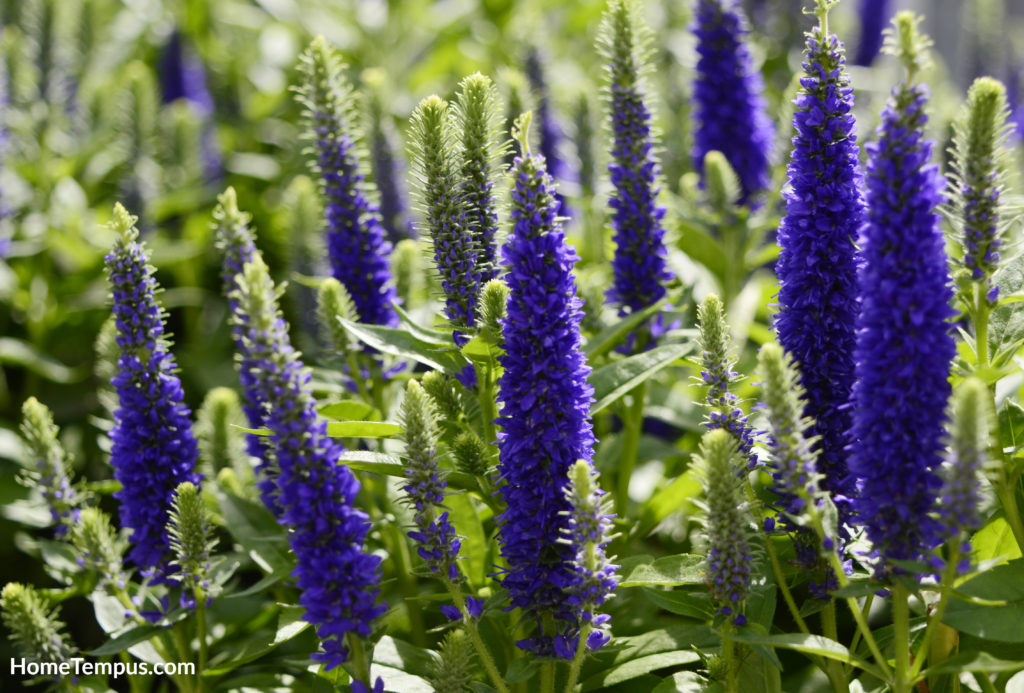
Also known as Speedwell, Veronica is an easy-to-grow perennial with pink, white, purple, or blue flowers. The blooms grow up a long stem that can get to a height of three feet.
The plant likes full sun and moderately fertile soil that is well-drained. Speedwell is drought tolerant but needs water until the plants reach maturity.
Even then an inch of water a week will ensure that the plant blooms well.
Veronicastrum
Scientific name: Veronicastrum virginicum
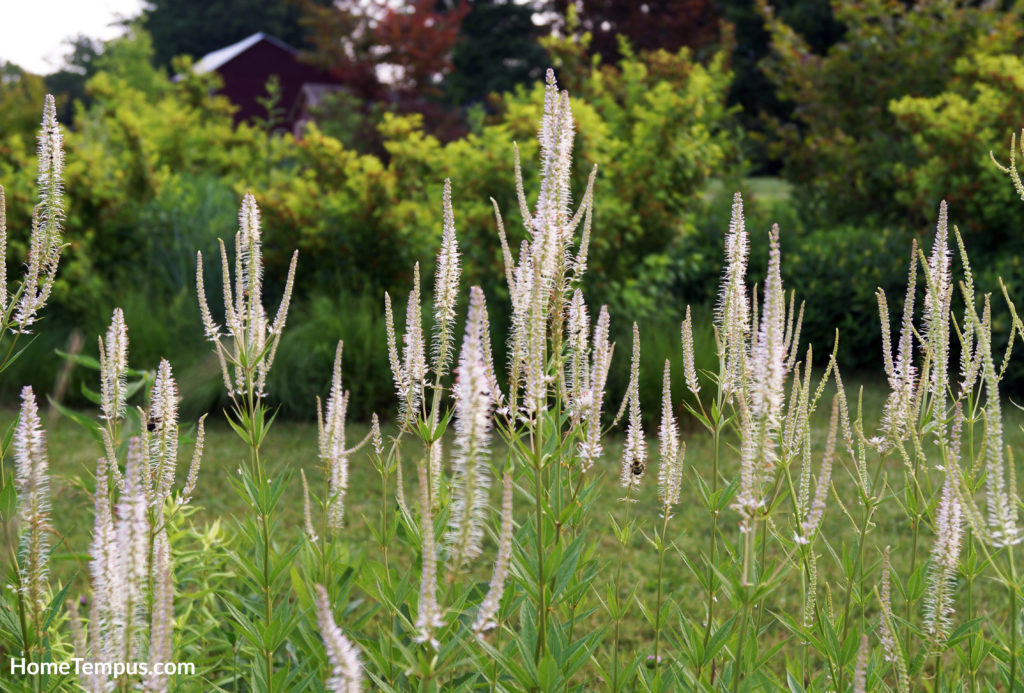
The hardy Veronicastrum is an herbaceous perennial. These plants also go by the names black root, Bowman’s toot, and culver’s root.
The bottlebrush purple or white blooms make quite a show rising to heights of 3 to 6 feet. They’re in full bloom between June and September, drawing a host of pollinators.
Plant in full or partial sunlight. Veronicastrum will tolerate most soils but they do need some moisture. Deadhead for more blooms. Veronicastrum makes great cut flowers.
Vetch
Scientific name: Vicia sativa
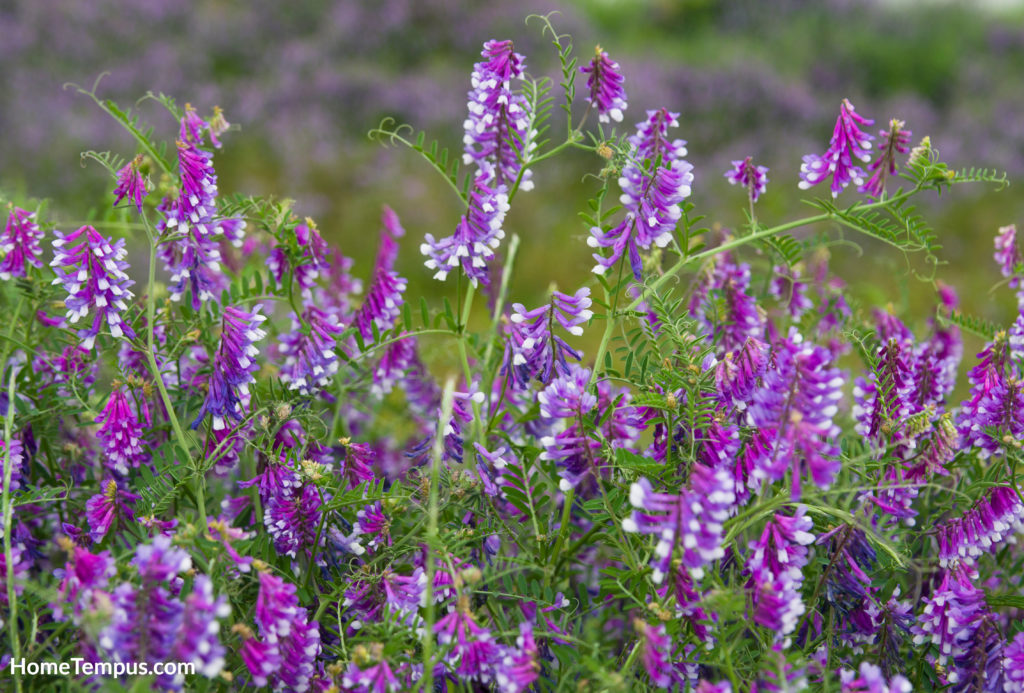
Vetch is a type of legume. A woody annual, this wildflower blooms in late spring and early summer. It has purply pink tubular flowers which become long thin pods.
Because Vetch can fix nitrogen into the soil, it is often used as a cover crop. So, it is also good for the soil in the garden.
These plants are aggressive self-seeders so you’ll have to cut them or they will take over. They prefer moist well-drained soil in partial shade or full sun.
Recommended Reading
Flowers That Start With G | 23 Gorgeous Flowers
Vetchling
Scientific name: Lathyrus pratensis
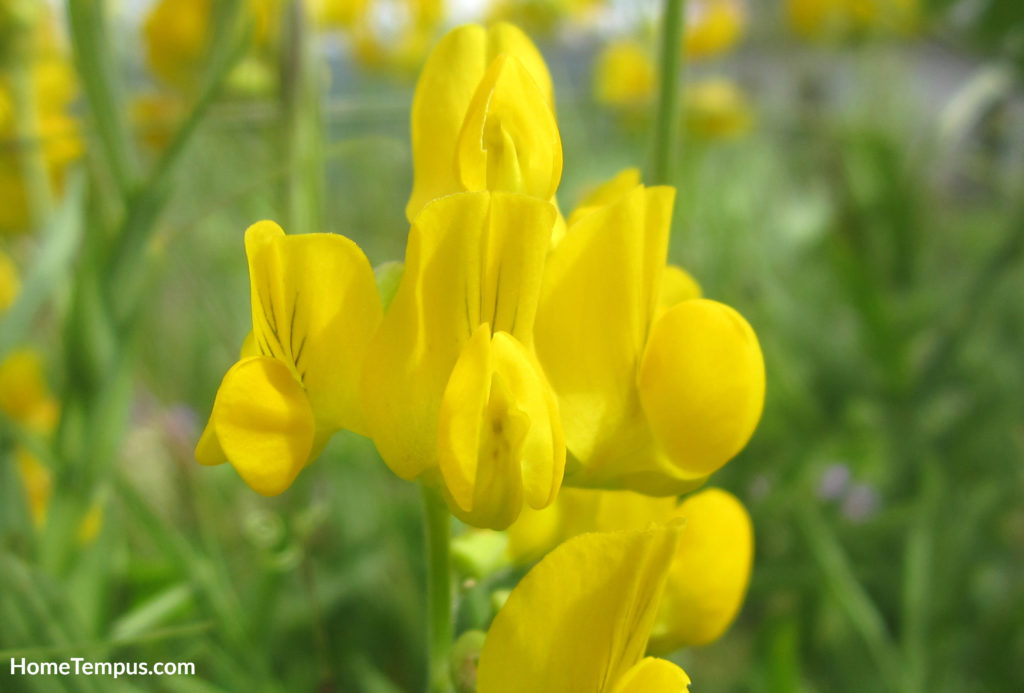
Vetchling is an herbaceous perennial that loves to climb. This cold-hardy plant can manage temperatures that drop as low as -20° Fahrenheit.
The plant grows to a height of 4 feet. Vetchling will bloom from May to August bearing yellow pea-like blossoms.
Meadow vetchling enjoys semi-fertile soil. It spreads more from rhizomes than from seeds.
Because of its rambling growth, it can take over the area in which it is planted. Vetchling prefers full sunlight.
Viburnum
Scientific name: Viburnum
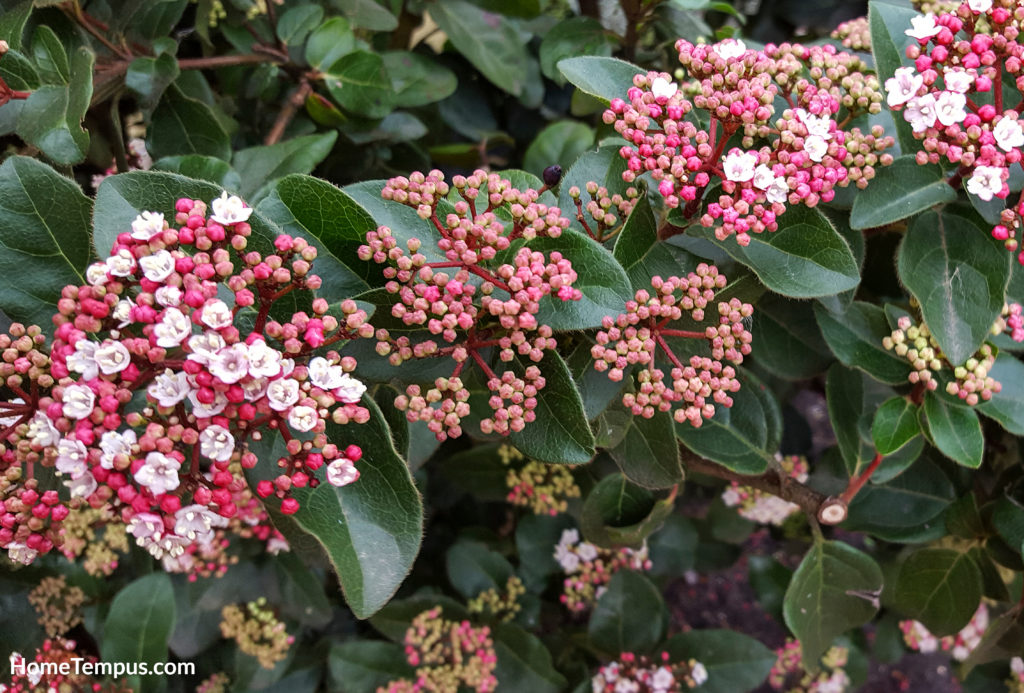
Viburnum is a large flowering shrub that would do any garden proud. Flowering in early spring, Viburnum will produce clusters of fragrant pink or white flowers that turn into pretty berries in the summer.
Viburnum can reach heights of up to 20 feet. Choose from deciduous or evergreen versions.
There are several varieties of Viburnum, some favored for their magnificent fragrance, some for their showy flowers, and still others for their lovely berries. Each has its own individual needs.
Most like full sunlight, but there are others that will thrive in partial shade. They prefer fertile, well-drained soil.
Vinca Minor
Scientific name: Vinca minor
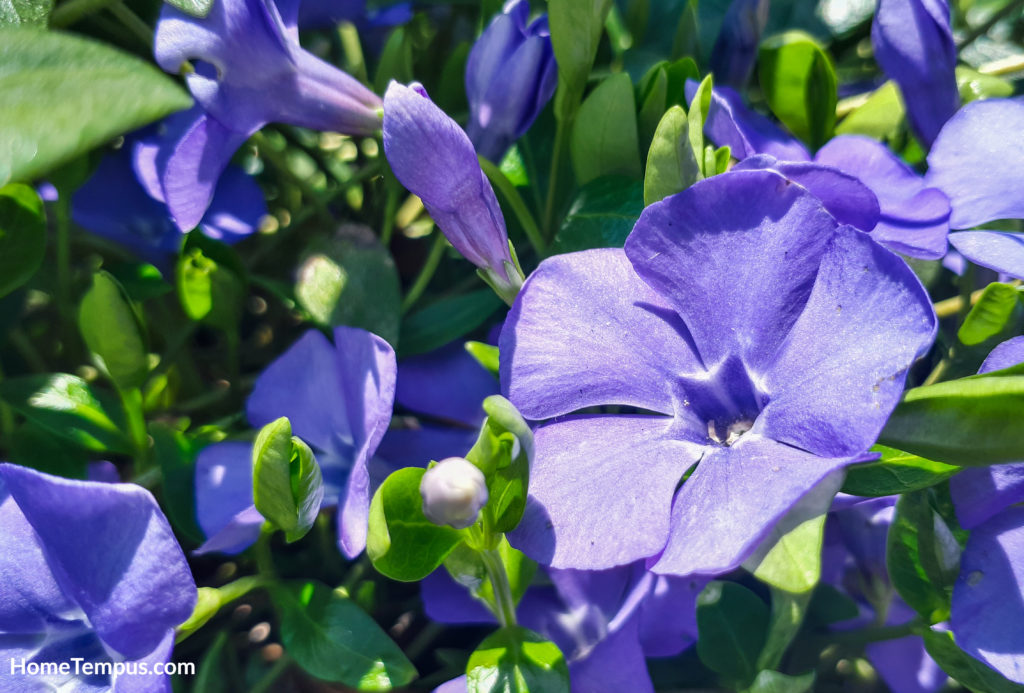
Also known as the Lesser or Dwarf Periwinkle, vinca minor grows well in the shade. The plants will bloom in spring and summer, producing flowers in shades of blue, purple, and white.
This groundcover will quickly grow over quite extensive areas. Plant it in either partial or full shade as long as the soil is dry and well-drained.
Though they tolerate poor soil quality, vinca minor prefers soil containing plenty of compost. These plants are not frost-tolerant.
Recommended Reading
Flowers That Start with F | List of 22 Fabulous Flowers
Viola Tri-Color
Scientific name: Viola Tri-color
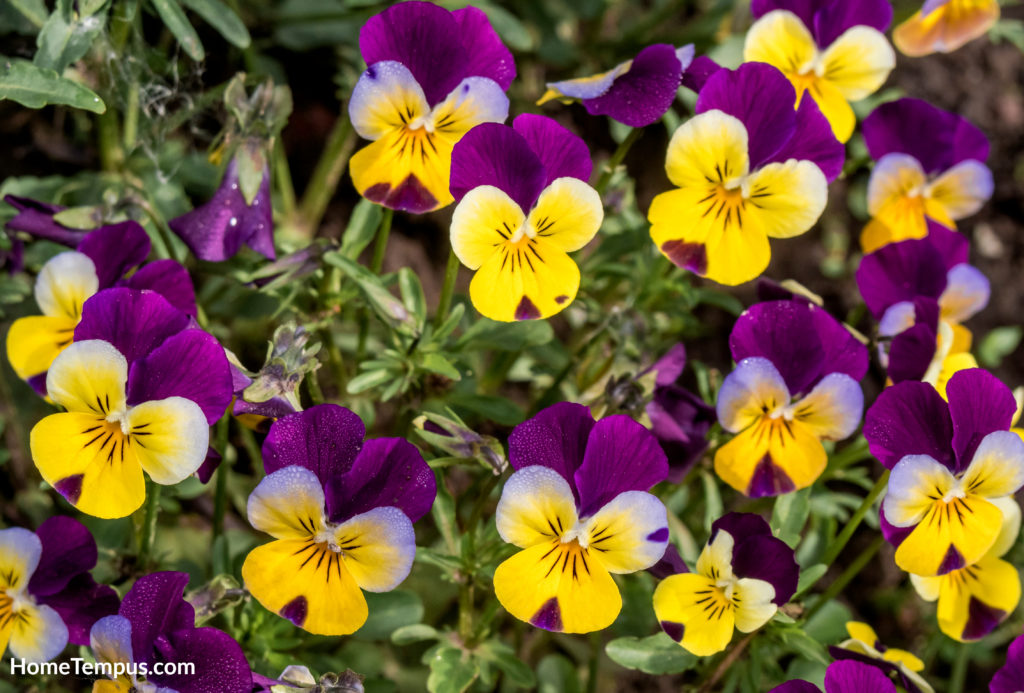
The Viola tricolor goes by a number of names including the wild pansy. It’s pretty, little flowers have charmed gardeners for centuries.
Dressed in yellow, purple, and white the flowers bloom between spring and fall. They prefer cooler temperatures and may die back when ambient temperatures rise.
The flowers self-seed and may pop up all over the garden, which is why they are often called “Johnny Jump Up”. Viola tri-color reaches a height of six to 12 inches.
It will grow in full sun and partial shade but prefers well-drained soil that is kept fertilized and moist.
Violet
Scientific name: Viola odorata
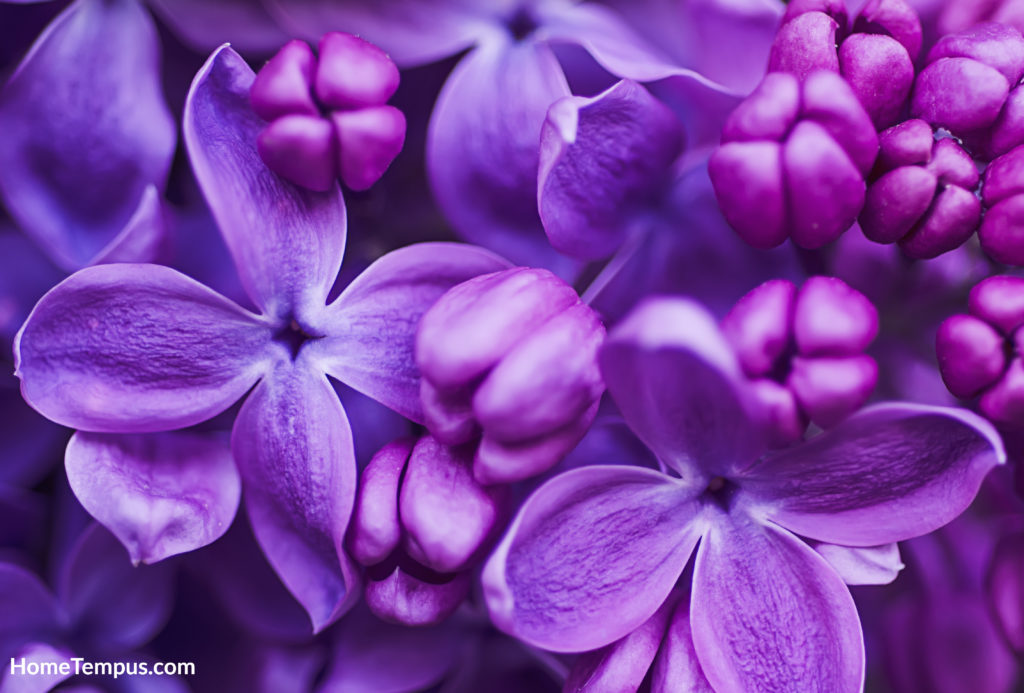
People across the globe grow violets for their lovely five-petalled flowers that grow in large numbers in the spring. The low-growing plants spread over wide areas, producing little flowers close to the ground.
Expect blooms of blue, white, purple, and pink. Plant violets in the sun or partial shade.
Ensure that the soil is well-drained and contains plenty of organic matter.
Violet Churcu
Scientific name: Lochroma cyaneum
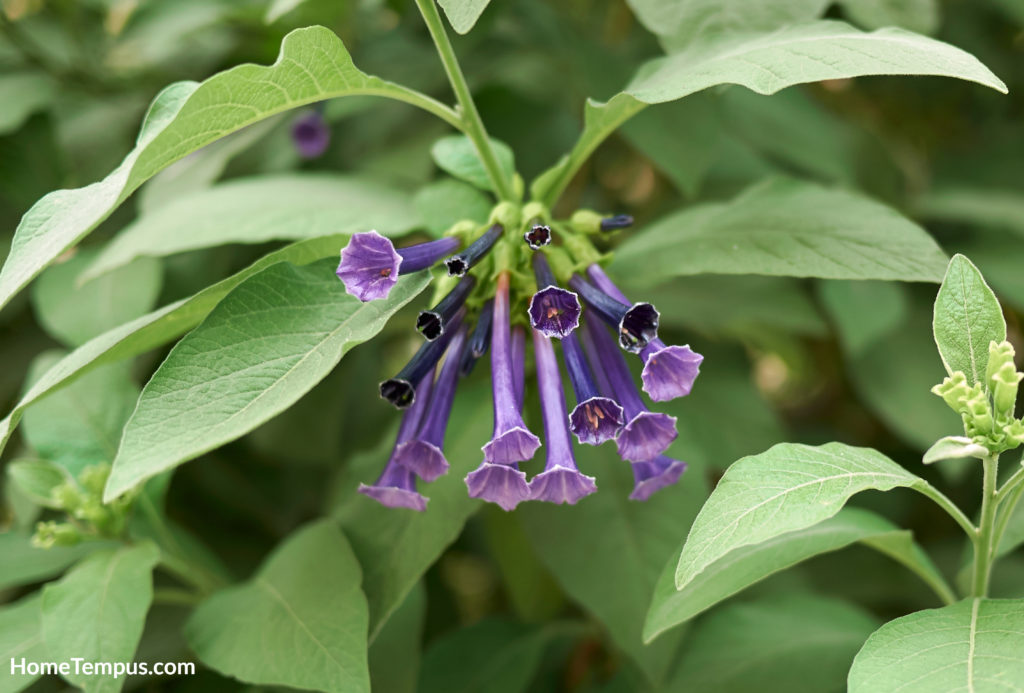
Native to South America, these fast-growing shrubs go by a number of names including purple tube flower, mini angels trumpet, and blue trumpet flowers. Reaching heights of up to ten feet, this evergreen shrub produces thick clusters of blossoms in various shades of purple.
The shrubs bloom in summer and fall though they have been known to bloom throughout the year. They also make good potted plants.
Plant the shrubs in full or partial sun in an area protected from the wind. As long as the soil is well-drained the plant will tolerate most soil types.
Violet Wood Sorrel
Scientific name: Oxalis violacea
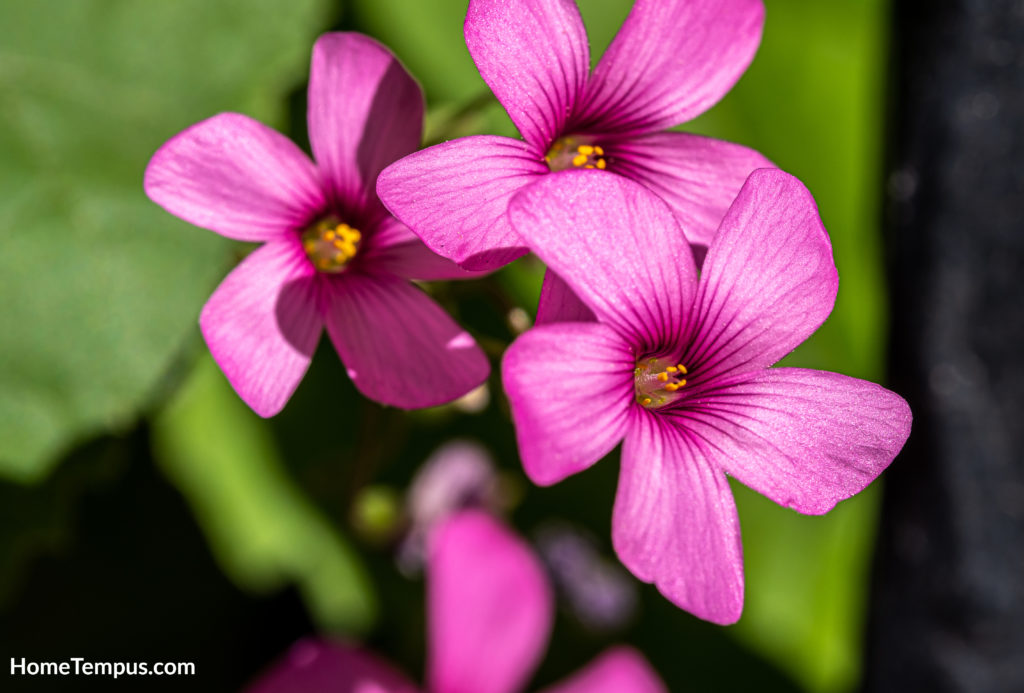
A native North American wildflower, violet wood sorrel produces lavender to purplish-pink flowers in spring and summer. Between four and 19 flowers hang from slender stems.
The foliage beneath is reddish-green. The plant grows as a ground cover and spreads widely via underground runners between bulbs.
Plant violet wood sorrel in full sun or partial shade. It will thrive on average to dry soil that is well-drained.
Recommended Reading
Flowers That Start with E | 20 Exquisite Flowers
Viper’s Bugloss
Scientific name: Echium vulgare
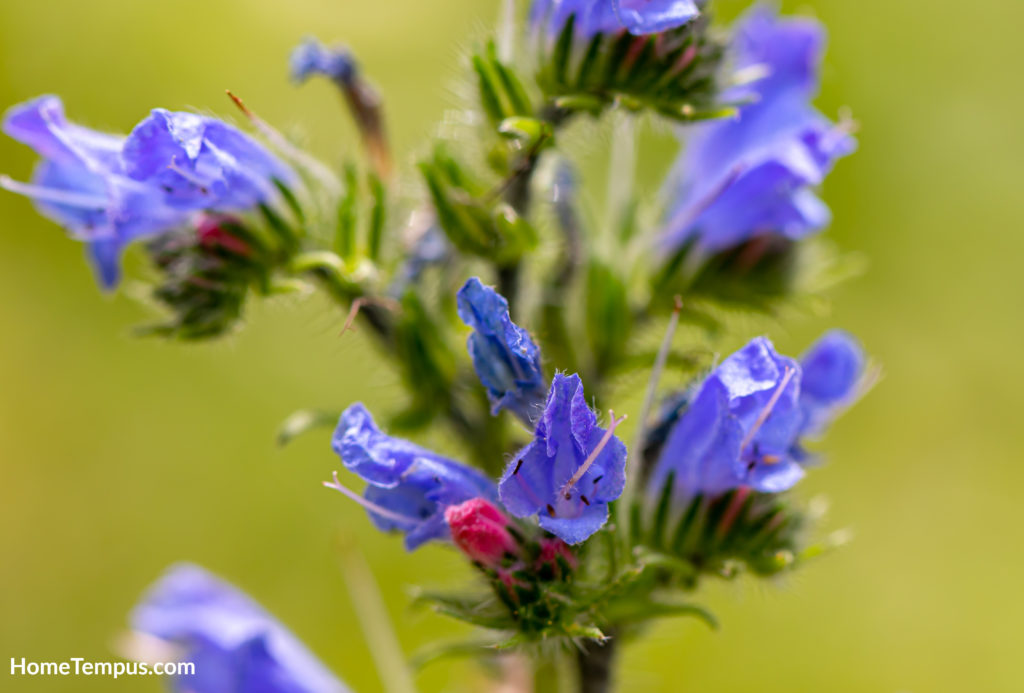
Vipers’ bugloss is a bright, colorful biennial that blooms throughout the summer. Though it won’t bloom in the first year, in the second it will produce a long woody stem that will bear large purple-blue flowers all the way to the top.
The blooms will last for weeks at a time. The plant will die once the flowers have borne seed.
Viper’s bugloss enjoys full sun and well-drained soil
Virginia Bluebells
Scientific name: Mertensia virginica
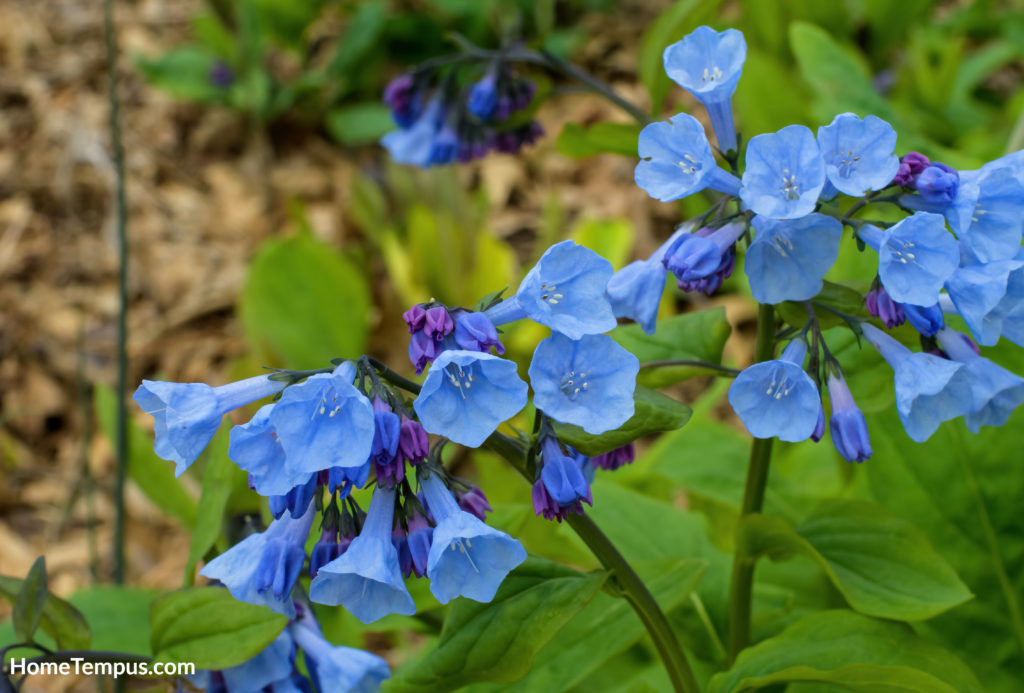
Occurring naturally in partially shaded woodlands, Virginia bluebells, also known as Virginia cowslips, can quickly add a touch of color to your garden. When, in spring, the plants first emerge from the soil, they have dark purple foliage that quickly turns green.
The plant will grow to 24 inches in height, blooming from spring to summer in clusters of pretty bluebells. The soft fragrance attracts both bees and hummingbirds.
The plants go dormant again in the middle of summer. Virginia bluebells like moist loamy soil and partial to full shade.
Virginia Creeper
Scientific name: Parthenocissus quinquefolia
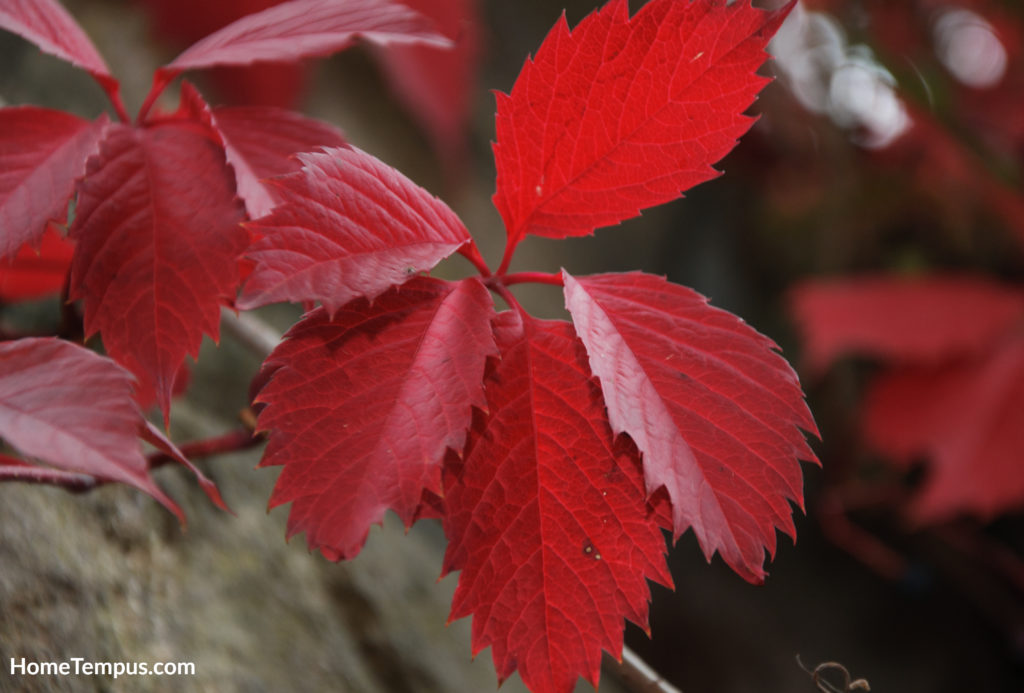
Though not a flower, the Virginia creeper puts on a lovely show as it changes from spring green to shades of red and gold in the fall. This rampant climber will cover just about any wall.
It bears very small, almost unnoticeable flowers in the summer. These change to pretty clusters black berries in the fall.
The plant likes moist well-drained soil though it will tolerate soil of almost any type. Plant it in full sunlight or partial shade.
Virginia Spiderwort
Scientific name: Tradescantia Virginiana
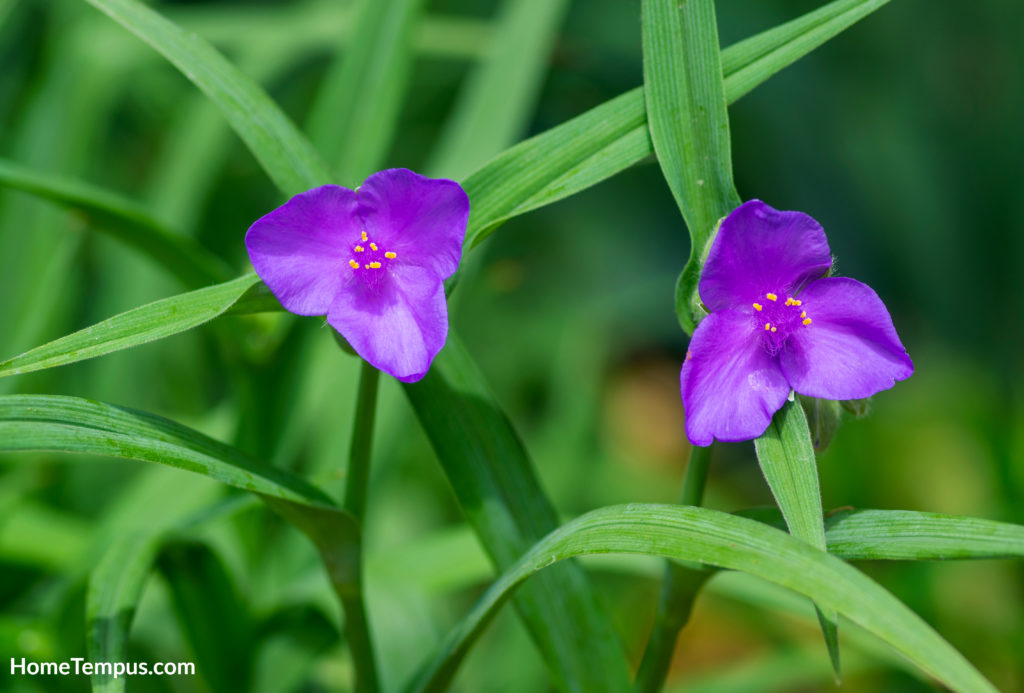
Another wildflower, the Virginia Spiderwort is easy to grow and maintain. Each of the unusual flowers blooms for just one day but the plant will continue to produce blooms for up to six weeks in the summer.
Spiderwort flowers have three petals. They come in a variety of colors including purple, blue, pink, white, or red. The plant has grass-like leaves that will grow up to two feet in height.
Spiderworts like acidic soil that is moist and well-drained. These plants prefer partial shade but if you keep the soil moist, they’ll thrive in full sun too. Spiderworts also make good indoor plants.
Virginia Sweetspire
Scientific name: Itea virginica
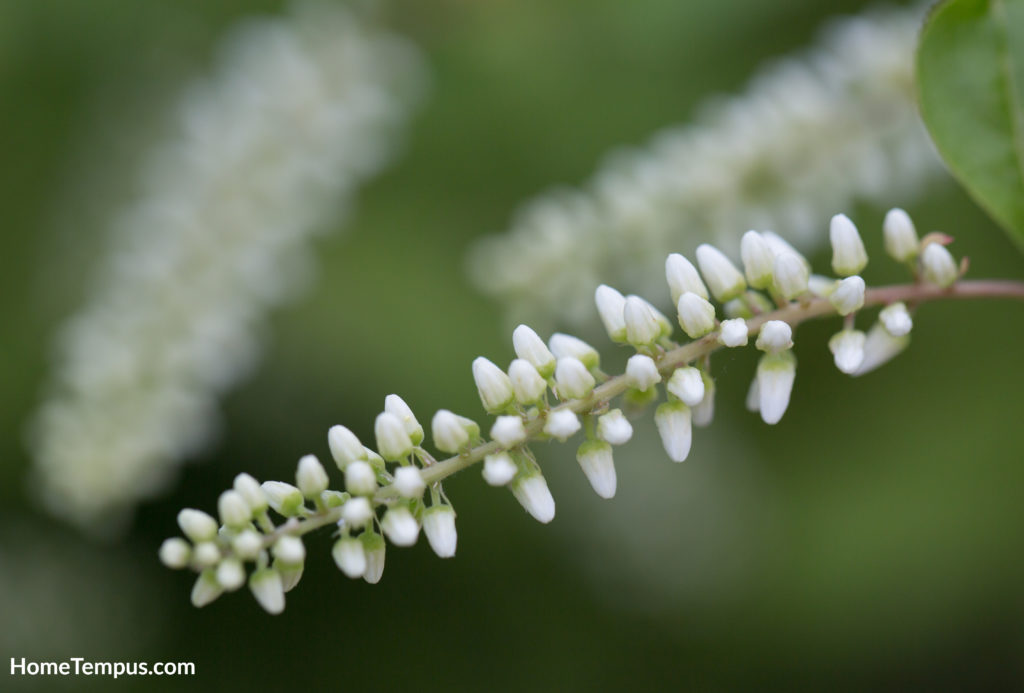
Virginia Sweetspire is a pretty deciduous shrub with bowed stems with alternating dark green leaves. In June and July, the shrub bears drooping white flowers called racemes.
Virginia Sweetspire puts on an excellent show in the fall when the leaves slowly change to shades of red and gold. When mature, this shrub will reach a height of between four and eight feet.
It will have a similar span. This native American plant likes full sunlight or partial shade and moist well-drained soil.
Virgin’s Bower Clematis
Scientific name: Clematis Virginiana
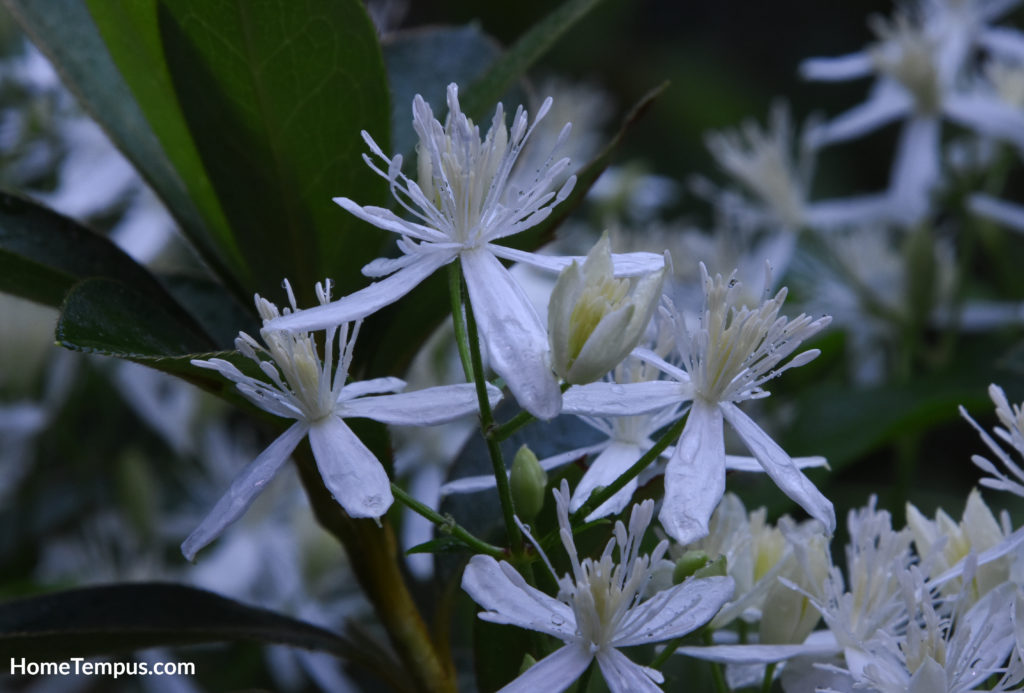
Native to Canada and the eastern United States, this flowering vine grows well in woodlands and around ponds and streams. It makes an excellent ground cover and will also climb shrubs and trees.
The plant produces cream or white flowers in mid to late summer. These fragrant blooms attract butterflies, bees, and hummingbirds.
This Virgin’s Bower can quickly take over your garden as it aggressively self-seeds. Plant only male plants to prevent this from happening. The plant prefers partial sun and moist loamy soil.
Vitex Agnus
Scientific name: Vitex agnus-castus
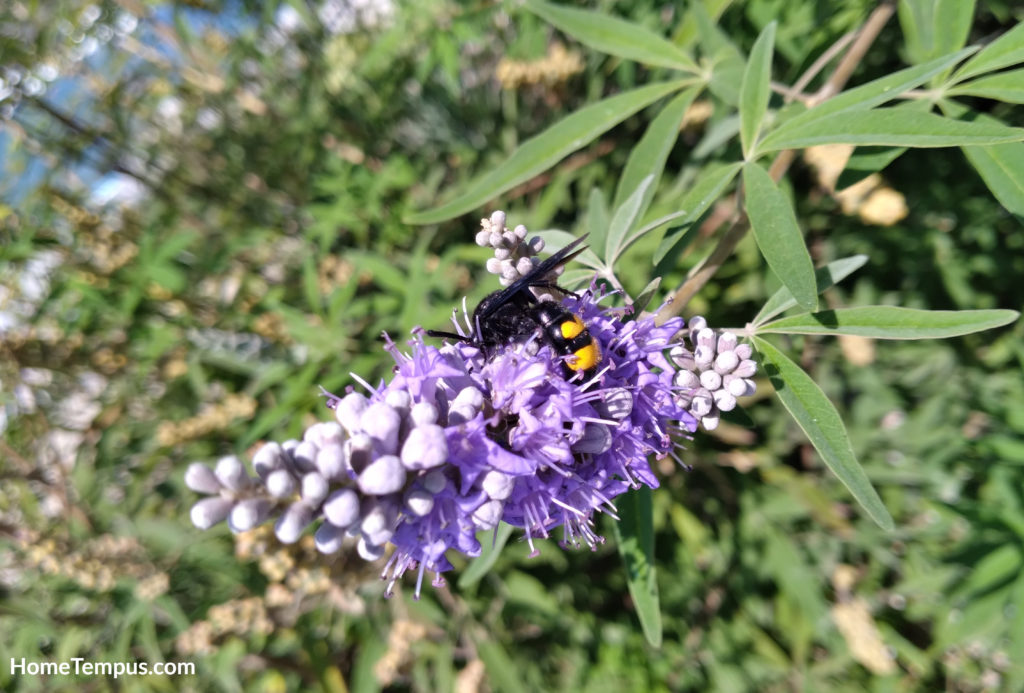
Also known as chaste plant and monk’s pepper, the fragrant leaves of the Vitex shrub look a little like those on a marijuana tree but they smell like sage. This deciduous shrub blooms in the summer when it produces clusters of purple flowers that are loved by bees and butterflies.
At full size, the Vitex shrub will reach a height of up to twenty feet. Maintain the look of the shrub by pruning back and keeping it low and well-controlled. This plant likes full sunlight and well-drained soil.
Conclusion
So there you have it all the flowers with V. I hope they bring some beauty to your garden and some brightness in your life. For more info about flowers for your garden or anything around the home be sure to check out HomeTempus.com.

